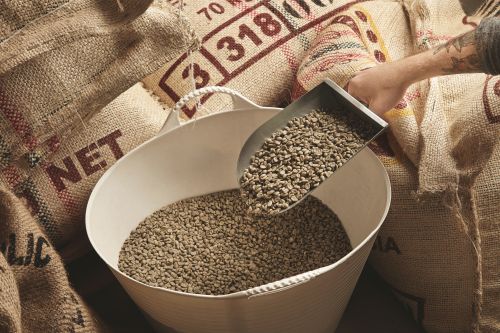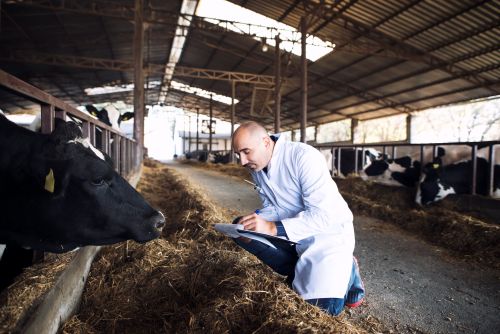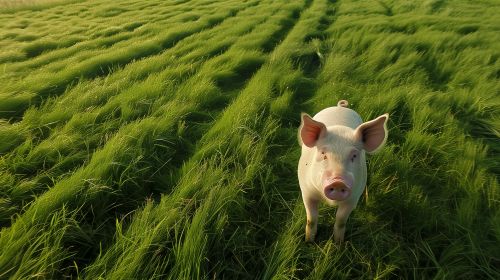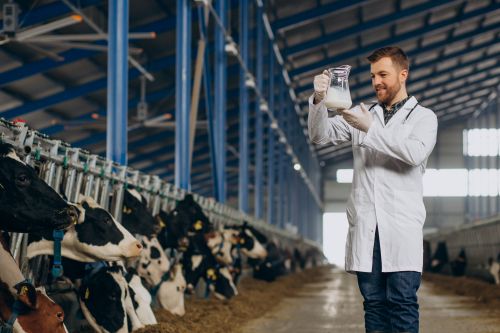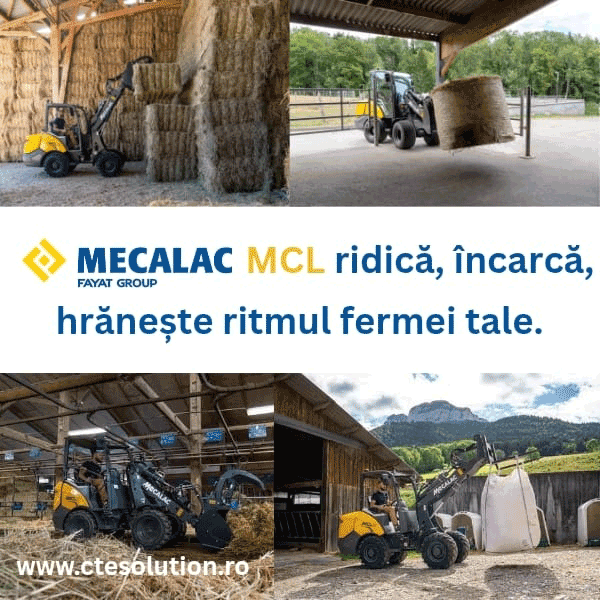692
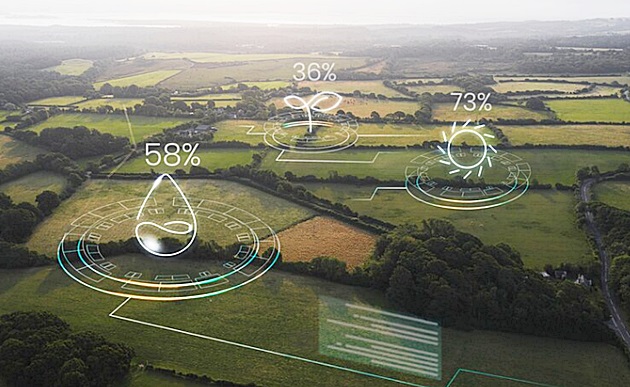
The Future of Agriculture: Unmanned Farms, Swarm Robotics, and Digital Twins
According to a recent review by Chinese researchers, the future of agriculture will be shaped by unmanned farms, swarm robotics, digital twin technologies, and more, as reported by AgTechNavigator.
🌱 Toward the Smart Farm
The review emphasizes that agricultural technology is evolving to become more intelligent, autonomous, collaborative, and sustainable.
“Future agricultural intelligence will rely heavily on advanced AI models and autonomous decision-making systems, transitioning from experience-based practices to data-driven production.”
Currently, machine learning tools such as Support Vector Machines (SVM), Extreme Learning Machines (ELM), and Recurrent Neural Networks (RNN) are widely applied in agriculture.
🤖 Advanced AI Models & Decision-Making
Emerging technologies include transformer-based architectures and multimodal learning, promising significant advances:
- ELMs are effective for real-time analysis of crop nutrient levels
- Transformer models excel in long-term trend analysis and are ideal for complex data sets—an essential step toward achieving fully unmanned farms
“The concept of the ‘unmanned farm’, enabled by fully autonomous machinery (e.g., smart seeders, driverless harvesters), achieves complete automation of planting, monitoring, and harvesting with real-time sensor networks and edge computing, minimizing human intervention.”
🚜 Swarm Robotics & High-Tech Collaboration
With smarter AI, machines will work in coordinated teams. Drones (UAVs) will cooperate with tractors and ground robots for optimized resource usage.
Example:
“UAVs with hyperspectral imaging can monitor crop health in real-time, generate precision fertilization maps, and synchronize with ground machinery for variable-rate irrigation.”
Additionally, swarm robotics—networks of small, cooperative robots—will handle tasks like crop spraying and weeding, enabled by the Internet of Things (IoT) for synchronized data sharing.
“Future efforts must focus on optimizing communication protocols and energy management to support large-scale swarm operations,” researchers noted.
🔧 Emerging Technologies & Customization
Key enablers include:
- 5G/6G communication and edge computing for real-time processing and automation
- Digital twins (virtual farm replicas) to simulate changes and test scenarios without field trials
The review stresses the need for regional customization of agri-tech:
“Agricultural automation must balance global standards with local needs. Future systems will require multilingual interfaces and adaptive algorithms, such as transfer learning, to translate temperate-farming models to tropical conditions.”
An example from India: the Decision Support Information System (DSIS) app uses GPS and decision trees to provide crop recommendations in local languages—addressing literacy-related barriers.
🌍 The Role of Global Collaboration
Researchers emphasized the importance of partnerships with international organizations like the FAO to facilitate technology transfer and knowledge dissemination.
🔚 Final Thoughts
“Ultimately, the shift toward data-driven, autonomous, and interconnected agricultural systems has profound implications for global sustainability,” the review concludes.
“By systematically addressing identified challenges through coordinated innovation in hardware, algorithms, policy, and cross-sector collaboration, agricultural automation can meaningfully contribute to achieving the SDGs—particularly Zero Hunger and Responsible Consumption—while ensuring equitable benefits across diverse agroecological and socioeconomic landscapes.”
(Photo: Freepik)
